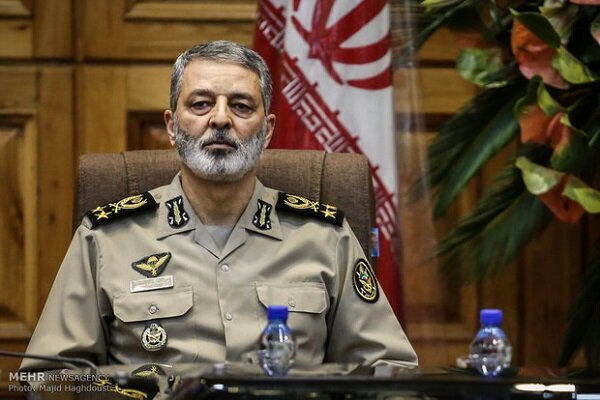Iran is holding its nuclear ambitions closer to its chest in the wake of the June attacks by Israel and the US, further complicating the Islamic Republic’s ongoing diplomatic standoff with Washington. After formally terminating inspections by the International Atomic Energy Agency (IAEA) last week, Iranian nuclear-safety regulators are no longer communicating with the UN’s nuclear watchdog, says two officials. Since June 13, the IAEA’s Incident and Emergency Centre had constant contact with their Iranian counterparts, but this exchange of information has dwindled. The imposed communication isolation highlights Iran’s strategy of ensuring ambiguity around the current status of its nuclear programme.
In the past, Tehran permitted more than a daily IAEA inspection on average and took part in five discussion rounds with the US aimed at reaching a deal to restrict its nuclear activities. However, the recent assaults have altered these dynamics. Over 12 days of airstrikes, President Trump of the US announced repeatedly that Iran’s nuclear facilities were ‘obliterated’ which, if confirmed, would turn the entire nuclear talks irrelevant.
On the contrary, the IAEA believes that while the Natanz and Fordow sites suffered some damages, uranium-enrichment operations could be up and running within ‘a matter of months’. The location of Iran’s 409kg stockpile of nearly bomb-grade uranium remains an enigma. Given that the fuel can be stored in 16 large scuba-tank-sized cylinders, there’s a high chance it could be secretly moved to an unreported location.
With no foreseeable resumption of IAEA monitoring, policymakers involved in the conflict are re-familiarising themselves with the concept of ‘strategic ambiguity’, reminiscent from the days of the Cold War nuclear brinkmanship. By fostering uncertainty about their actions, adversaries may prevent engagement in an all-out war. This situation provokes further questions about the forward progression of the US and Israel’s mission to impede Iran’s suspected objectives to manufacture a nuclear weapon, an intention Iran has consistently denied.
In an interview on June 29, President Trump extended a peace offering to Iran; indicating the possibility of relieving some strict economic sanctions in return for peace confirmations. This seemed inconsistent with his later furious response to Iran’s Supreme Leader Ayatollah Ali Khamenei’s victory proclamation, where he asserted that he had ‘ceased all work on sanction relief’.
Additionally, Iran’s government declared its wariness about the longevity of their ceasefire agreement with Israel, threatening to retaliate against any further attacks. When asked about the possibility of renewed discussions with the US on July 1, a spokesperson stated that ‘no decision has been made’.
As a defensive strategy against a prospective attack, Iran could potentially use the ambiguity surrounding the location of its highly enriched uranium to control the unfolding events. The US and Israel’s comprehensive understanding of the stockpile’s state and location would require physical audits, which would most presumably require IAEA’s negotiated entry.
Iran’s alternate option would involve reverting to military counteraction, a complicated strategy. In the meantime, Iran continues to compound the ambiguity. Last week, Iran’s Guardian Council passed a law discontinuing collaboration with the IAEA, a decision seen mainly as symbolic.
It is uncertain the extent of work IAEA’s inspectors could accomplish, even if they were granted access since the risk of radioactive and chemical contamination at the bombarded nuclear sites would be high. If Iran decides to permanently bar IAEA’s inspectors, it would necessitate leaving the international Non-Proliferation Treaty, designed to cease the spread of nuclear weapons, potentially bringing an end to all monitoring.
While stepping out of the treaty could provide Iran with an additional diplomatic advantage, it would also intensify the associated risks. ‘Ambiguity is not without its costs,’ according to the analyst. ‘Without verification, Iran forfeits the facility to send trustworthy signals about its nuclear program. While they can still provide a narrative, its credibility remains diminished.’

